Captive elephants often lead difficult lives. In tourism, logging and roadbuilding, they put in long hours in hazardous conditions that cause injuries.
But since 2006, the Elephant Valley Project has worked to provide a home for retired elephants.
On more than 1,500 hectares (3,700 acres) in eastern Cambodia, the elephants can roam, socializing, feeding and playing under the protective watch of their keepers, known as mahouts.
Many of those mahouts are Bunong, an Indigenous group that has long kept elephants to work in the fields. Often, the elephants are seen as members of Bunong families.
Since its inception, the project, supported by ecotourism, has provided employment and funds for health care and education for local communities, the project’s leaders say.
It’s also been an incentive to keep the forest intact — particularly important as it sits along the edge of Keo Seima Wildlife Sanctuary, which has more documented species than any other protected area in Cambodia.
The COVID-19 pandemic, however, disrupted the flow of tourists and their dollars to the site, and that has left the project looking for alternative sources of funding.
One possibility, said the project’s deputy director, Jemma Bullock, is the REDD+ project that works with communities around Keo Seima.
REDD+, a scheme that stands for reducing deforestation and forest degradation in developing countries, invests money from the sale of carbon credits into forest conservation and economic development. The idea is that REDD+ programming slows or even avoids deforestation that otherwise would have happened. Credits tied to the resulting “avoided emissions” can then be sold to companies and individuals looking to compensate for their own carbon footprints.
Bullock pointed out that the once-degraded forests at the project site are recovering, with wildlife species, like giant squirrels (Ratufa bicolor) and endangered southern yellow-cheeked crested gibbons (Nomascus gabriellae), returning to the area — even as deforestation, illegal logging and hunting remain persist across the broader region. The protection the elephants have provided the forests could justify funding through a REDD+ program, she added.
Mongabay’s John Cannon and videographer Nehru Pry visited the Elephant Valley Project, where they spent time with the project’s staff and the elephants to produce this short video.
What you can do
Support ‘Fighting for Wildlife’ by donating as little as $1 – It only takes a minute. Thank you.
Fighting for Wildlife supports approved wildlife conservation organizations, which spend at least 80 percent of the money they raise on actual fieldwork, rather than administration and fundraising. When making a donation you can designate for which type of initiative it should be used – wildlife, oceans, forests or climate.
This article by John Cannon was first published by Mongabay.com on 31 October 2023. Lead Image: An elephant and her mahout at the Elephant Valley Project. Image by John Cannon/Mongabay.

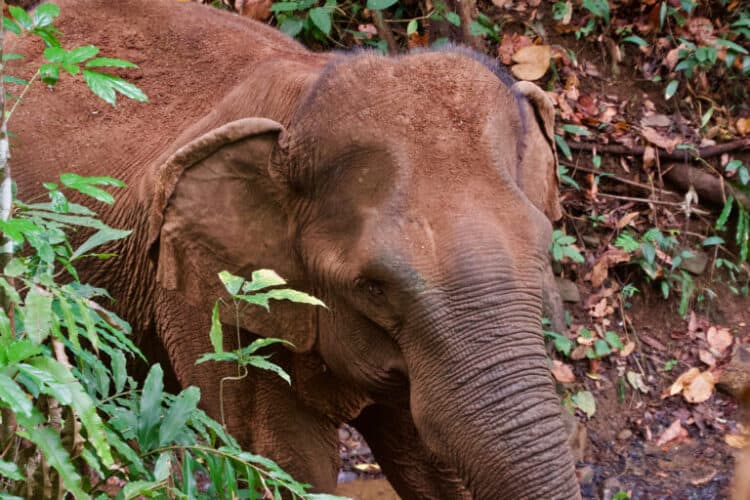
![Hero Braves Sudan Battle While Caring For His Sanctuary Animals [Video] Hero Braves Sudan Battle While Caring For His Sanctuary Animals [Video]](https://focusingonwildlife.com/news/wp-content/uploads/shutterstock_2107337942-1200x800-1-750x500.jpg)
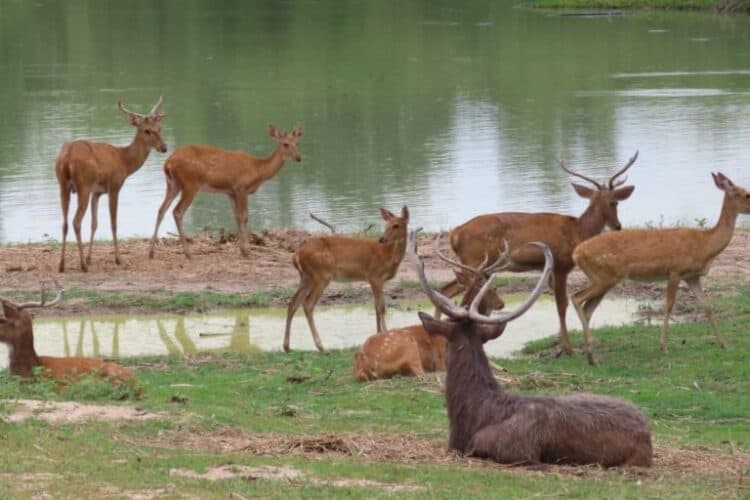
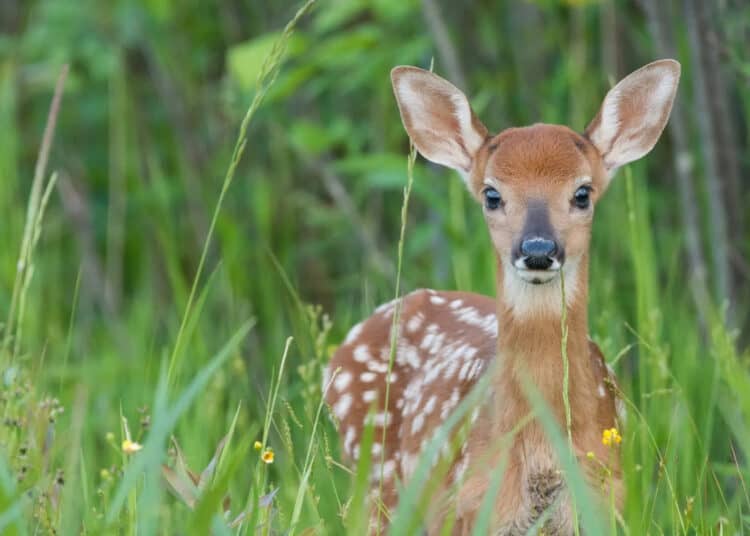
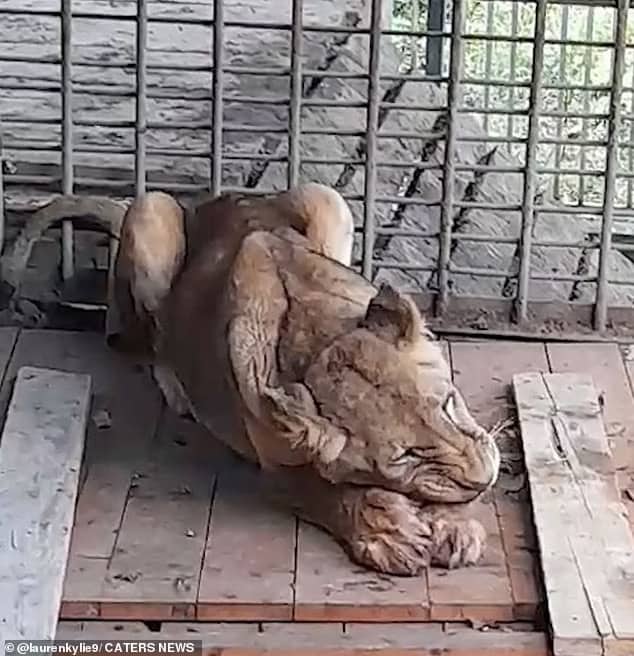
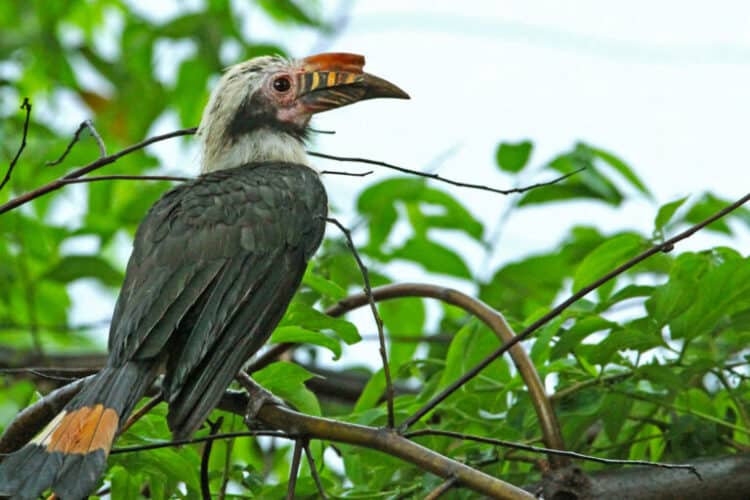
Leave a Reply